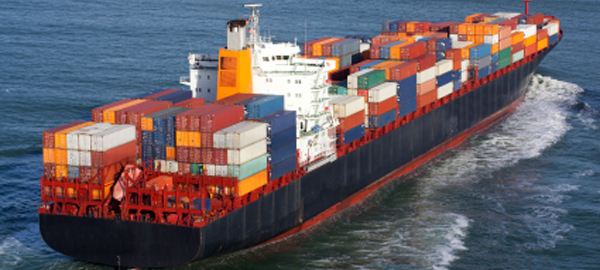Editor’s Note: Over the next few weeks on CPO Rising, we’re publishing some “best of” 2021 articles as we reflect on the year and prepare for the new year ahead.
One of the striking data points in our 2021 State of Procurement and the CPO report is that the Best-in-Class adopt individual supply management applications by up to 92% more frequently. We examine two of these technologies eSourcing and Optimization-based sourcing tools in depth:
Sourcing Optimization: While any measure of strategic sourcing is helpful within the contemporary procurement program (since, by design, it is a driver of cost savings and a key component of bottom-line improvement efforts), there are a variety of tools and approaches available to the typical Chief Procurement Officer to take “standard” sourcing into a higher realm.
Ardent Partners research has shown that advanced sourcing solutions (which include sourcing optimization, tiered / matrix pricing, team or automatic scoring, financial modeling, scenario analysis, etc.) have proven to drive additional value to strategic sourcing programs and efforts. The ability to execute upon a variety of value-add capabilities allows the modern organization to take a fluid approach to their strategic sourcing efforts, helping to expand sourcing events and broaden the scope of strategic spend categories.
Optimization-based Sourcing Tools take supplier bid analytics to the next level by processing extraordinary volumes of data, performing scenario analysis, and many other uses in the context of identifying the highest-value suppliers. These tools “solve” the Big Data “problem” for large, complex sourcing projects like supply chain shipping lanes and packaging. Sourcing optimization tools aggregate and consolidate large amounts of bid data and conduct complex, robust analyses that, due to the sheer volume of the data, cannot be done with other desktop tools like Excel. They allow users to take vast amounts of disparate data and determine with great fidelity what mix of supplier(s) and their bids delivers the best value.
Supply chain optimization is a high-level, data-driven analysis of a company’s supply chain and the opportunities to leverage supply and demand fluctuations within a given industry, region, or commodity. Sourcing and procurement practitioners seek to understand how to get the greatest value out of their suppliers’ activity, availability, capability, capacity, and buying strength. It is useful when an industry’s labor costs spike, or if there is a supply disruption in a region, and procurement teams need to quickly understand if they can source more of their supply from a lower-cost country or a different region.
Like supply chain optimization, network optimization is a data-driven analysis of an enterprise’s supplier network that uses tools to find savings opportunities; but it takes a more granular look at market and supplier data. It allows practitioners to identify opportunities in the market and to immediately place orders with suppliers based on higher capacity. In doing so, it allows them to drive efficiencies and extract the most out of the relationships that they have across the supply chain.
For example, depending on seasonality, it may make sense for global manufacturers to increase production in South America and deemphasize production in Asia, creating a supply glut; maybe there are currency, political, or weather-related reasons for doing so. Network optimization, powered by sourcing optimization tools, can help buyers identify these opportunities and immediately seize them. Another example: buyers see indicators that there is softness in the market in a particular component area. They can place more orders now because their suppliers are offering better prices due to depressed demand.
Final Thoughts
Whether teams engage in supply chain or network optimization, optimization-based sourcing tools are the engines that can drive these dynamic processes that, in turn, can save enterprises a lot of time, money, and allow them to mitigate risk. They are all part of a data-driven approach to tackling complex, global supply management challenges in a world where there are fewer certainties and greater risk. But thanks to the rise of Big Data and powerful analytic tools, there are also greater opportunities to maximize performance and drive value across supply chains.



